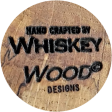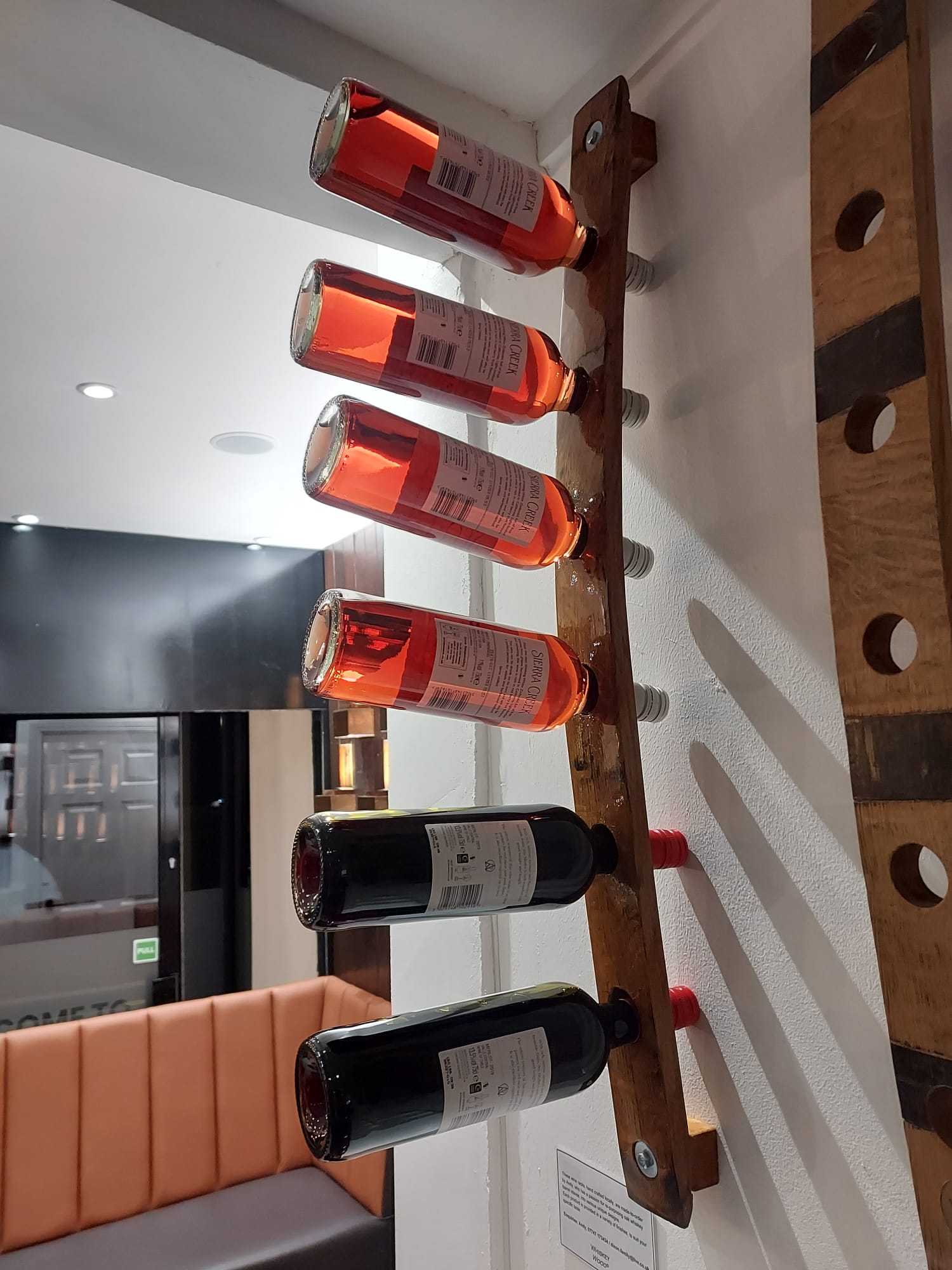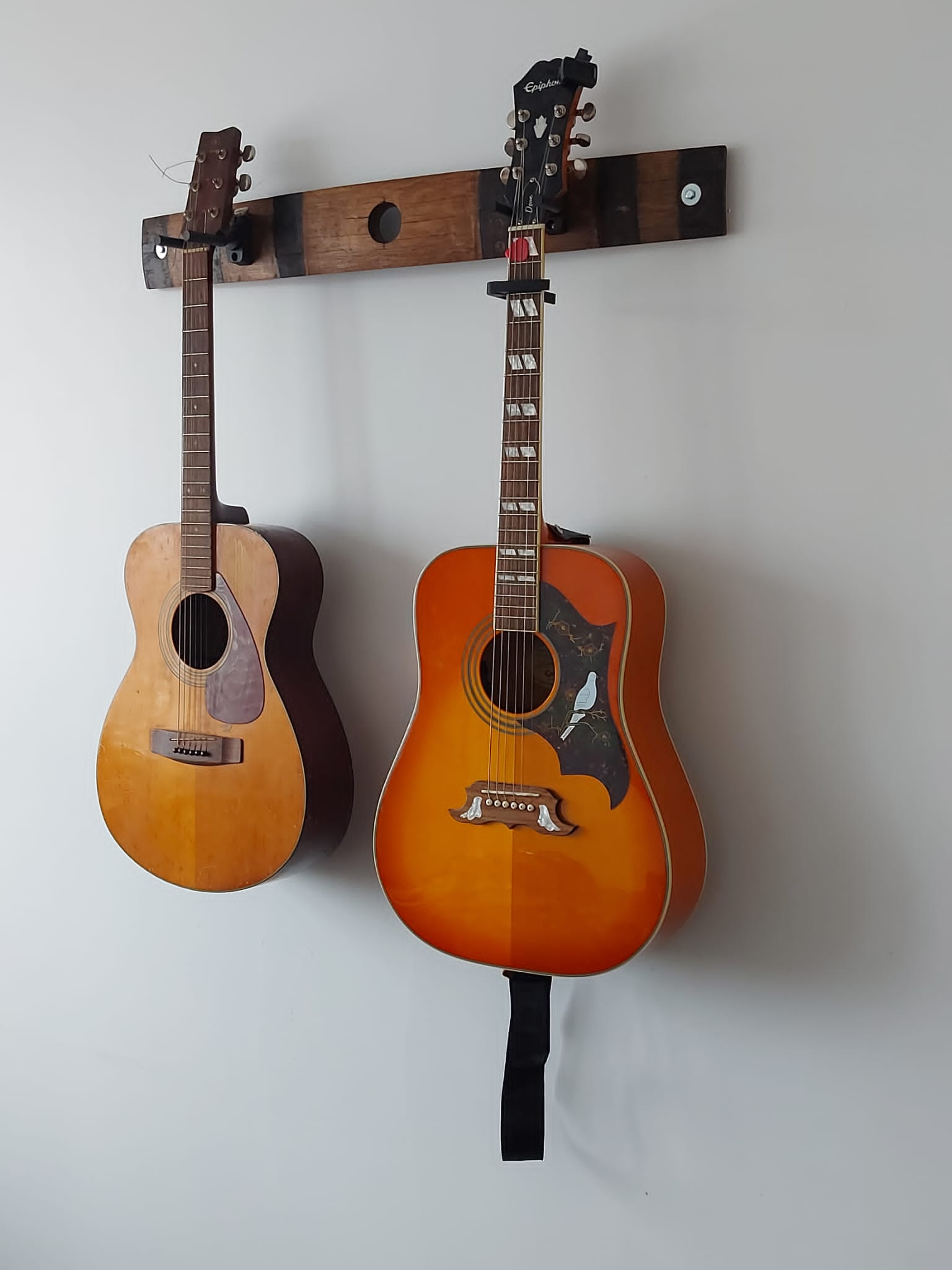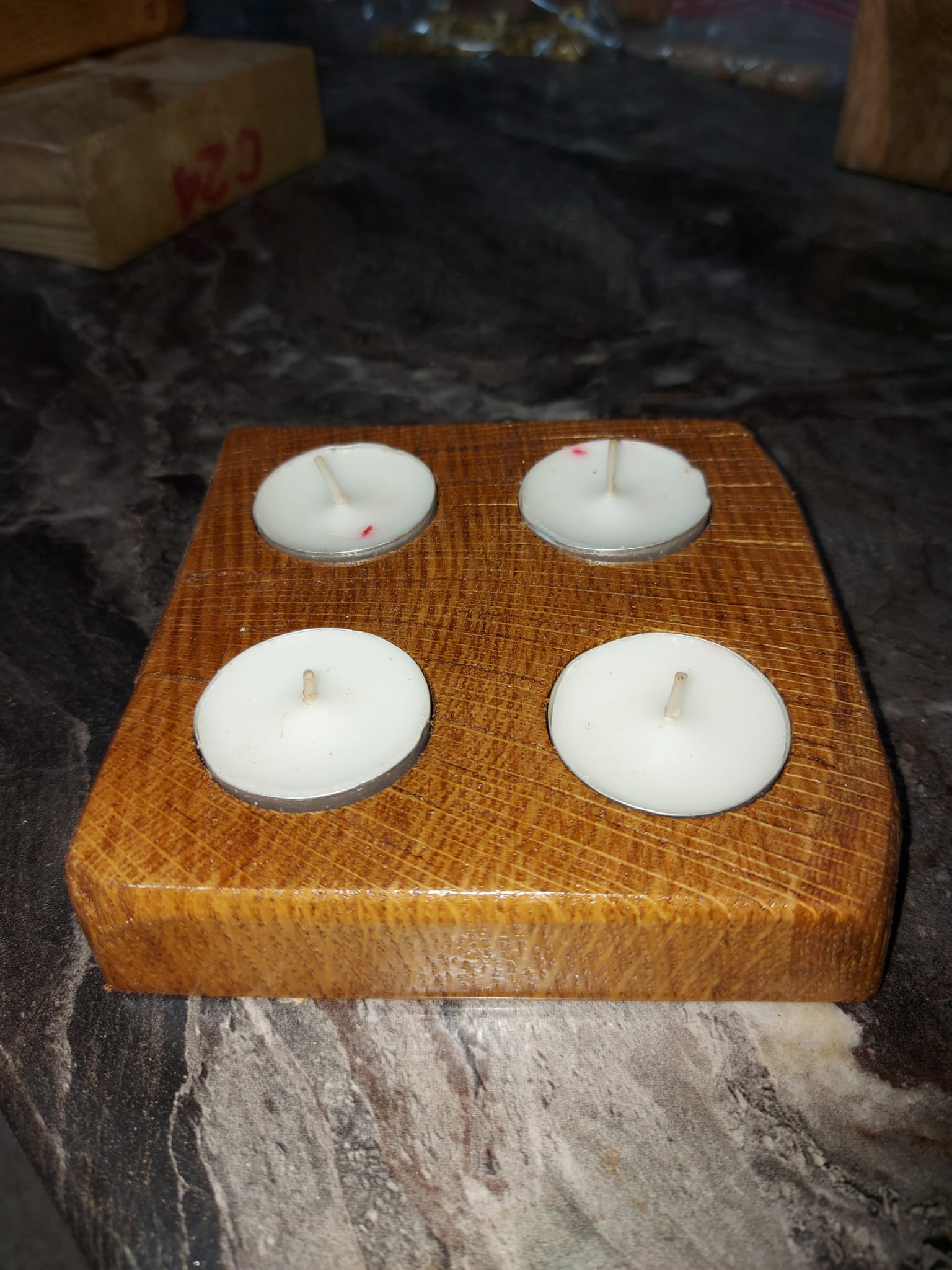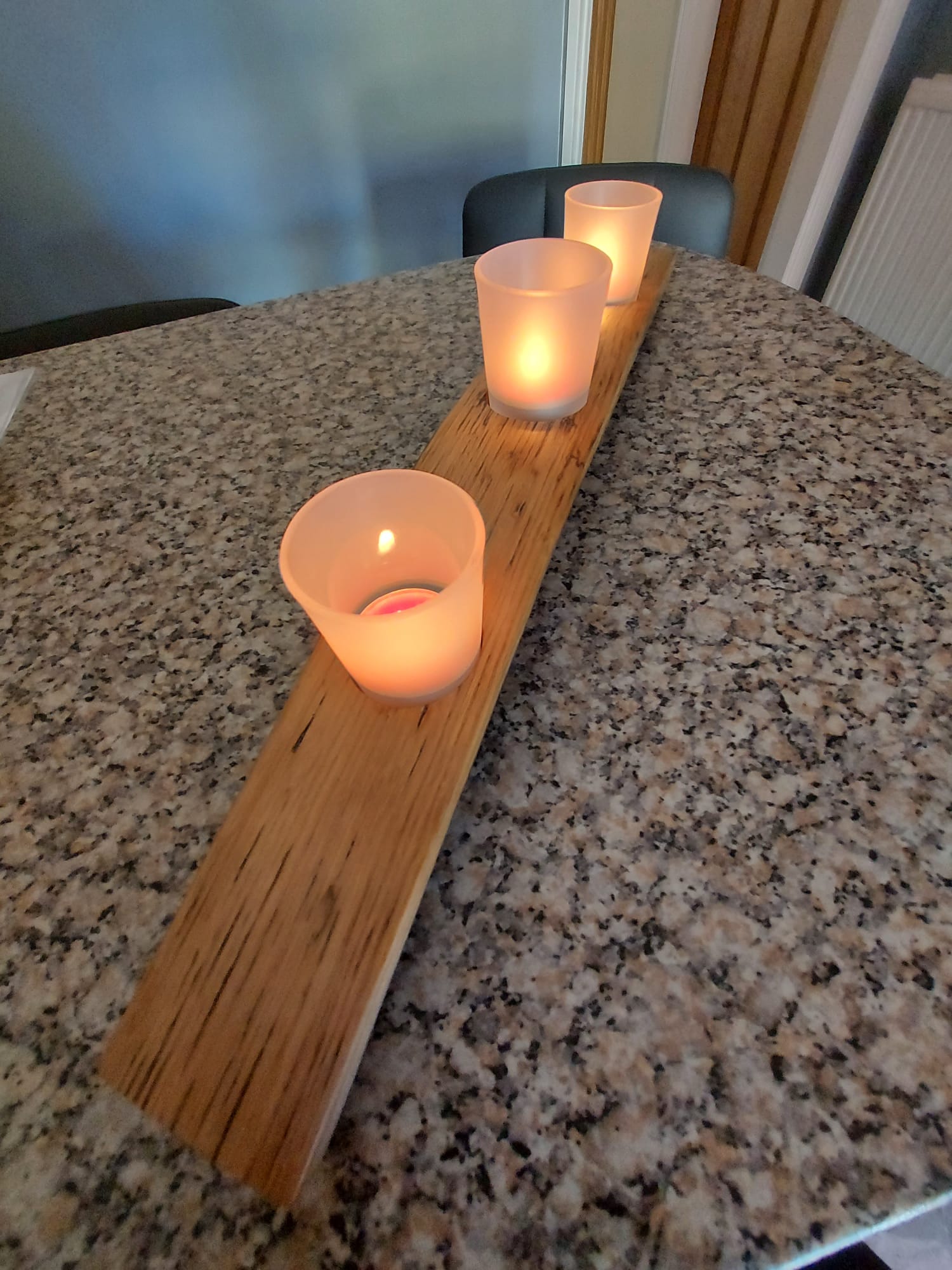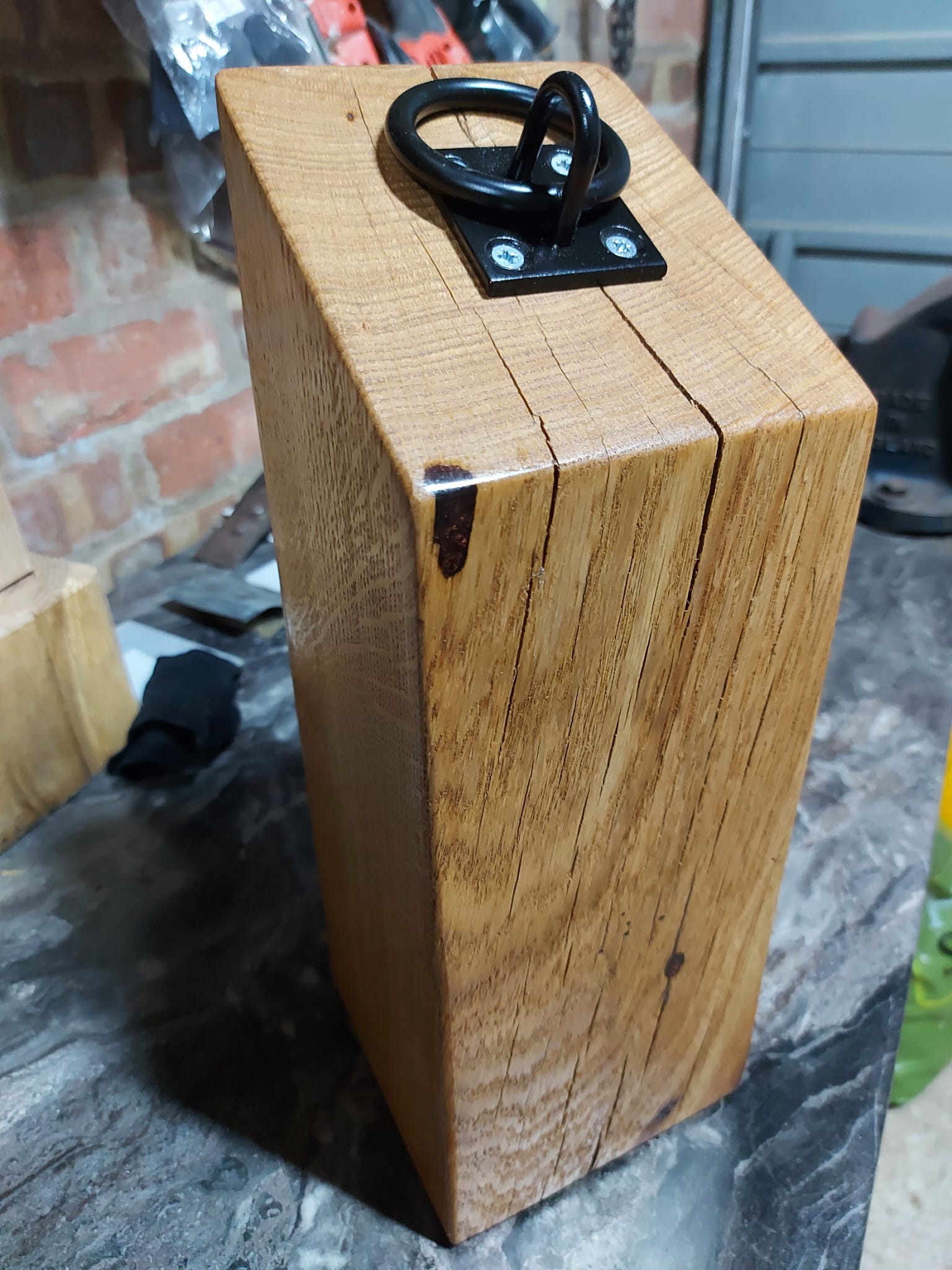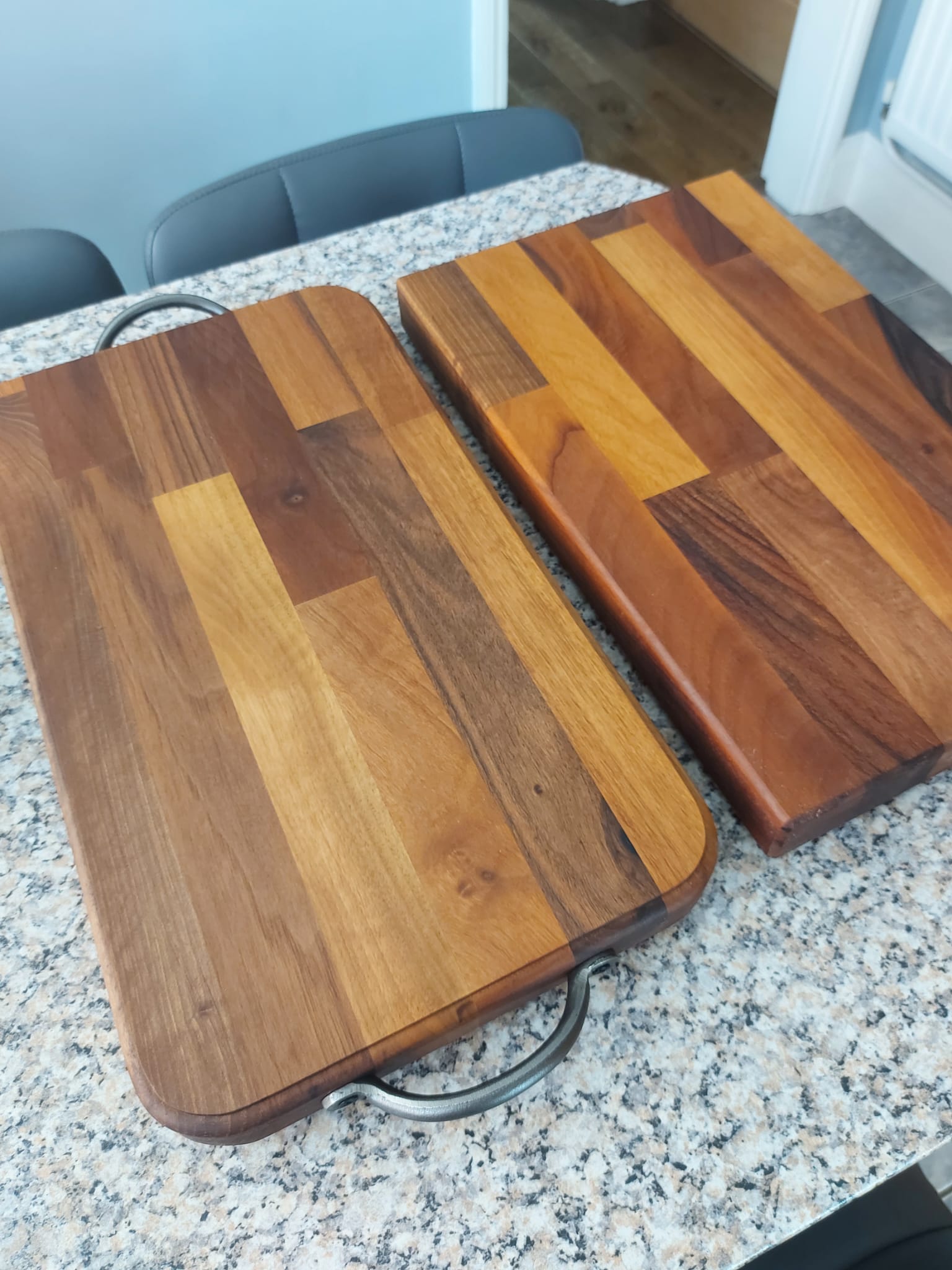Products
Whiskey barrel staves; wine racks, bottle openers, guitar hangers, tea light holders, candle stands, vinyl display shelves, gin bars etc.
Solid Oak, Iroko, black walnut and ash offcuts; door stops, door wedges, tea light holders, charcuterie boards, chopping boards etc.
Things we Make
Whiskey barrel staves; wine racks, bottle openers, guitar hangers, tea light holders, candle stands, vinyl display shelves, gin bars etc.
Solid Oak, Iroko, black walnut and ash offcuts; door stops, door wedges, tea light holders, charcuterie boards, chopping boards etc.
Made-to-Order / Commissions;
• Personalised, solid oak door stops make ideal wedding gifts (see examples)
• Gin / spirit / wine racks; to various designs
• Wall mounted, gin bar / garden box
• Commissions; live edge coffee tables, “river” tables, consul tables, bar tops, floating shelves etc.
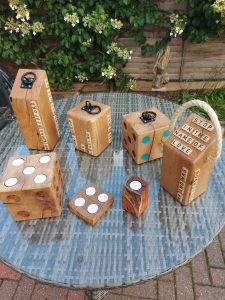
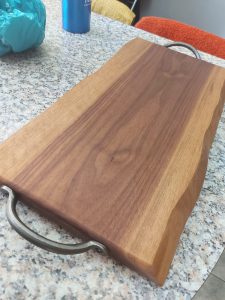
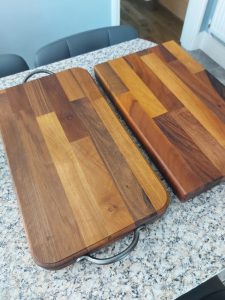
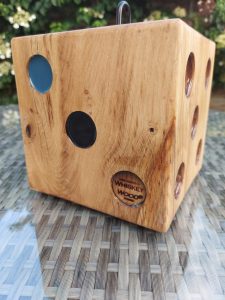
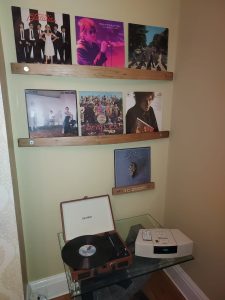
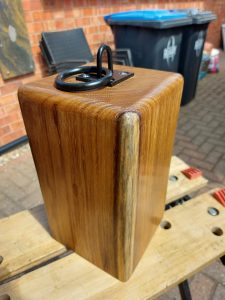
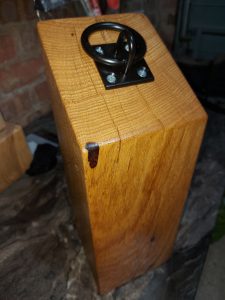
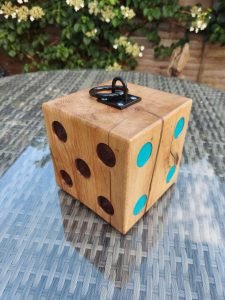
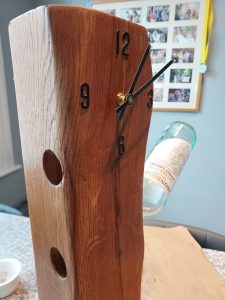
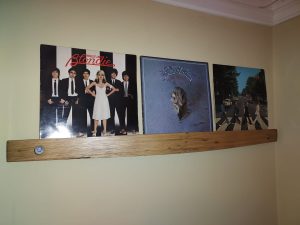
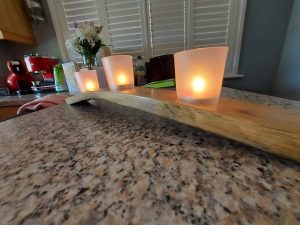
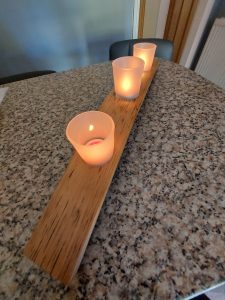
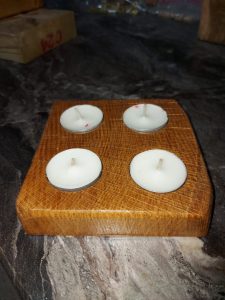
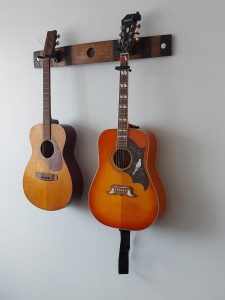
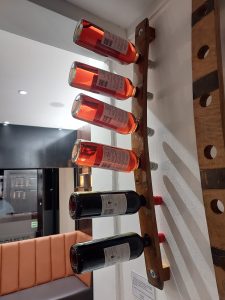
Commissioned Builds
(whiskey barrel staves)
Whiskey barrels are made by skilled coopers, not surprisingly, in a cooperage! The individual pieces of wood, which make up the complete barrel, are called staves. These are specifically shaped, by the cooper, to achieve a perfect seal (whiskey is an expensive commodity and no one wants a leaking barrel!
Barrels, made to store and mature whiskey are in service for a min of 3 years, and up to 70 years! At the end of the life of a whiskey barrel, the oak staves dry out and the barrels are no longer water-tight or, more precisely, whiskey-tight!
The barrels are then, typically, sold on to garden centres for flower tubs and garden furniture for example. I prefer, without losing the original evidence marks of the barrel (patina) to restore the character of the oak, making various attractive and practical items from the staves
Did You Know? In most cases you will see that the back side of the barrel staves are charred. During the manufacturing process, the inside of the barrels are “fired”. This is designed to break down the structure of the wood, allowing the spirit to penetrate the oak, and extract flavour and colour, during the maturing process
It may seem a tad nerdy, but the history of the barrel (developed by the Celts around 300BC) is actually quite fascinating!
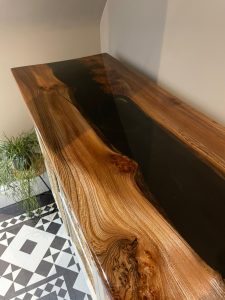
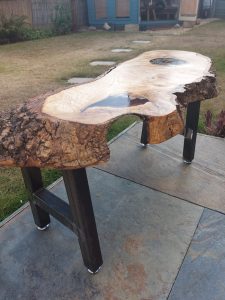
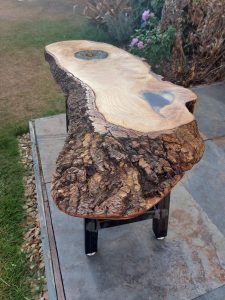
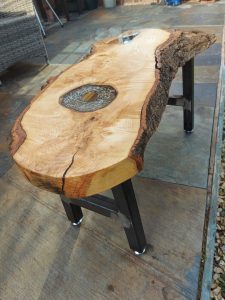
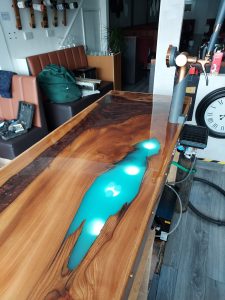
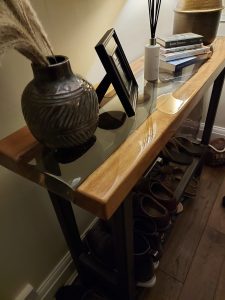
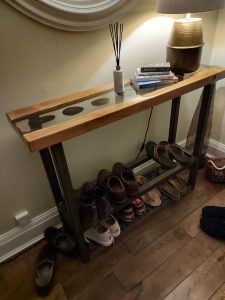
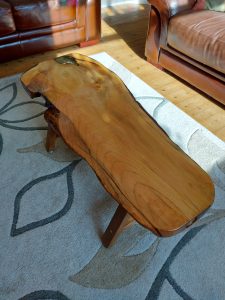
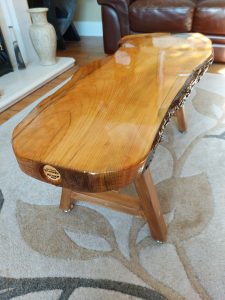
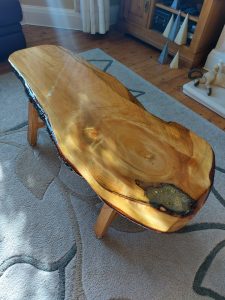
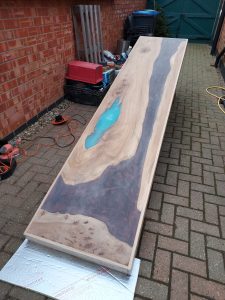
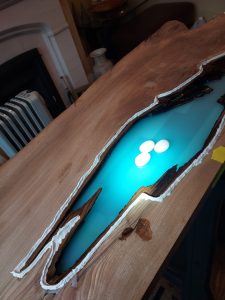
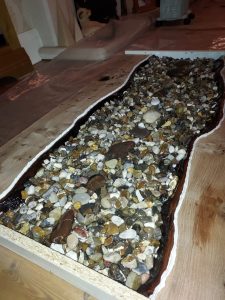
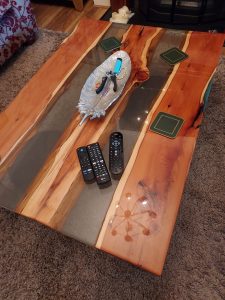

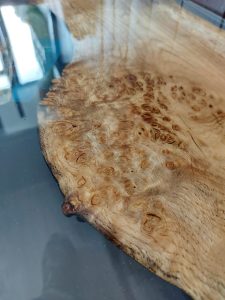
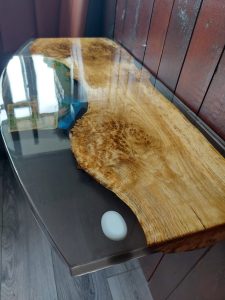
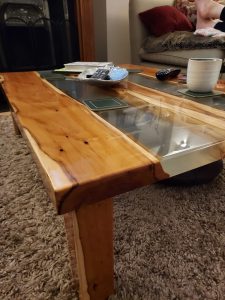
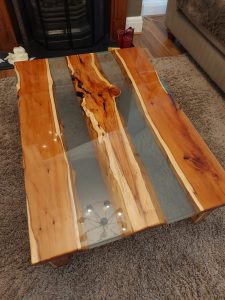
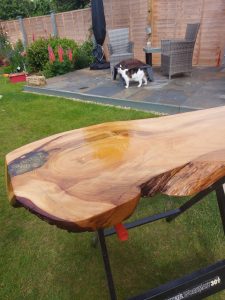
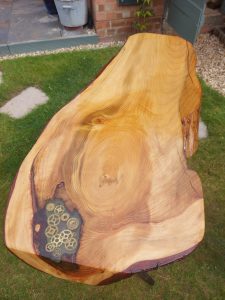
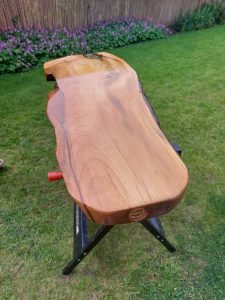
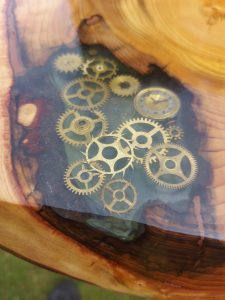
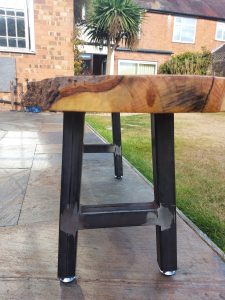
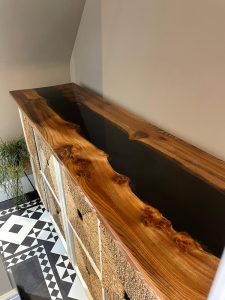
Bespoke Commisioned Work
sample text, words go heresample text, words go heresample text, words go here
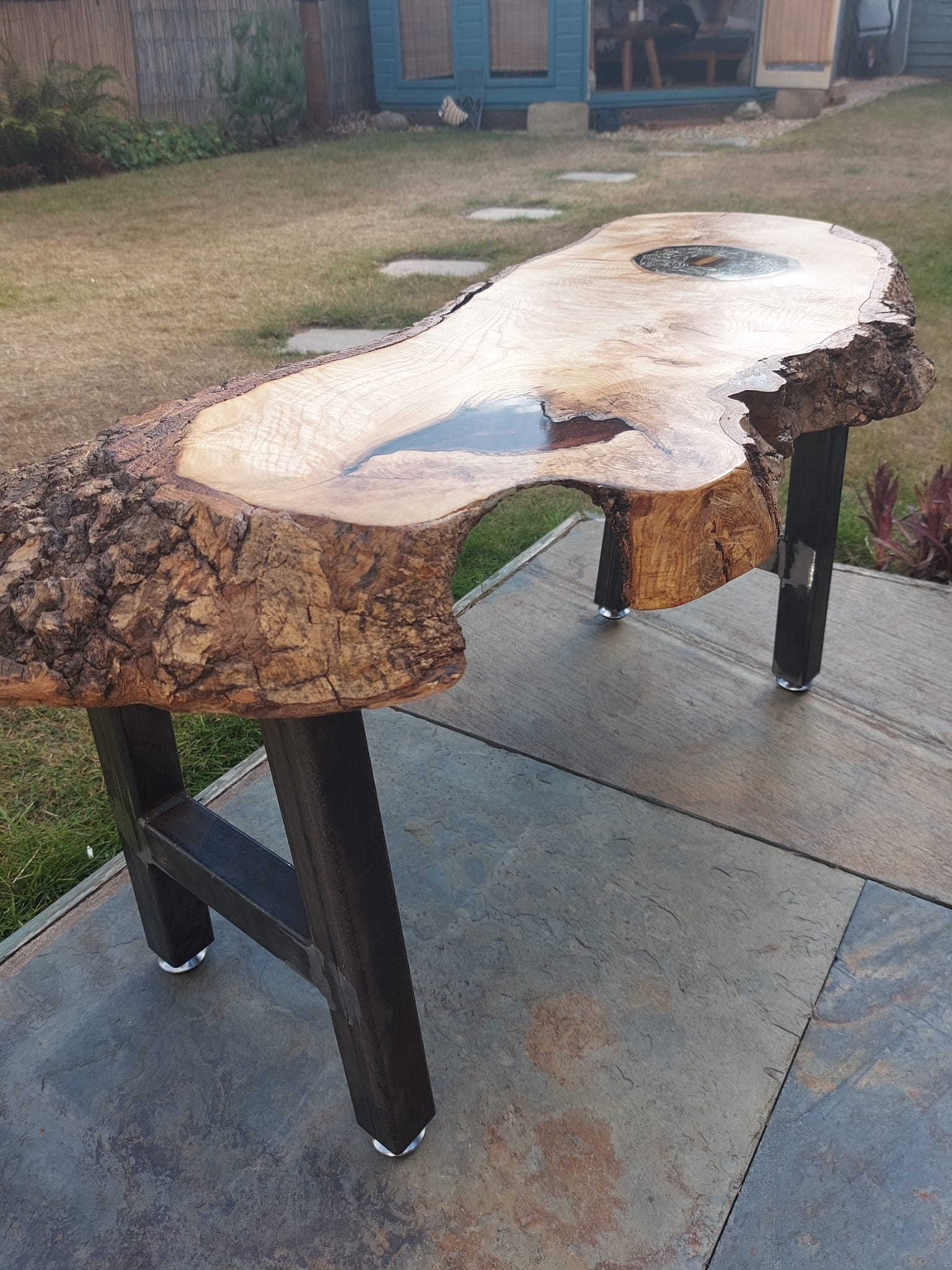
Info 1
sample text, words go heresample text, words go heresample text, words go here
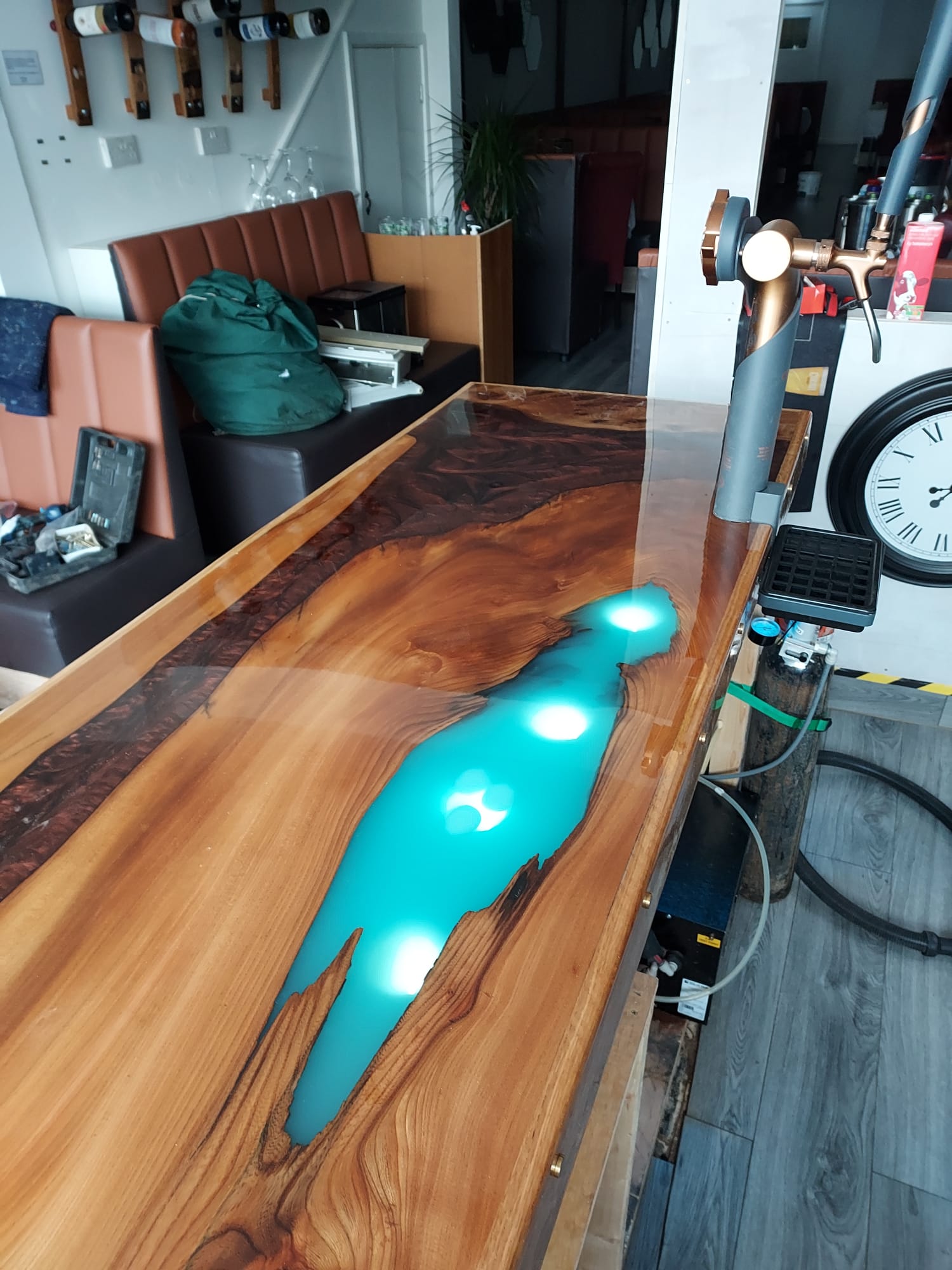
Info 1
sample text, words go heresample text, words go heresample text, words go here
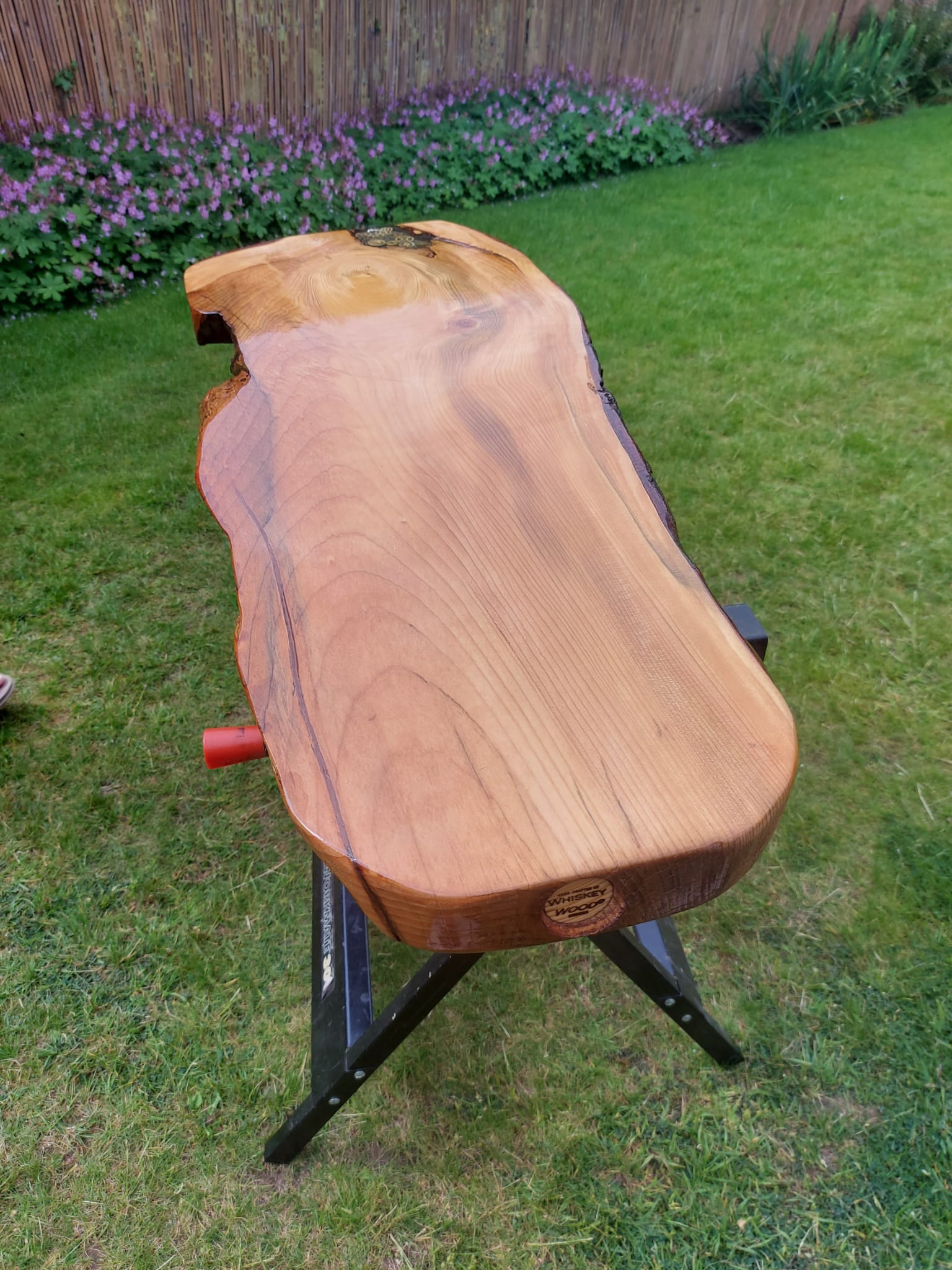
Info 1
sample text, words go heresample text, words go heresample text, words go here
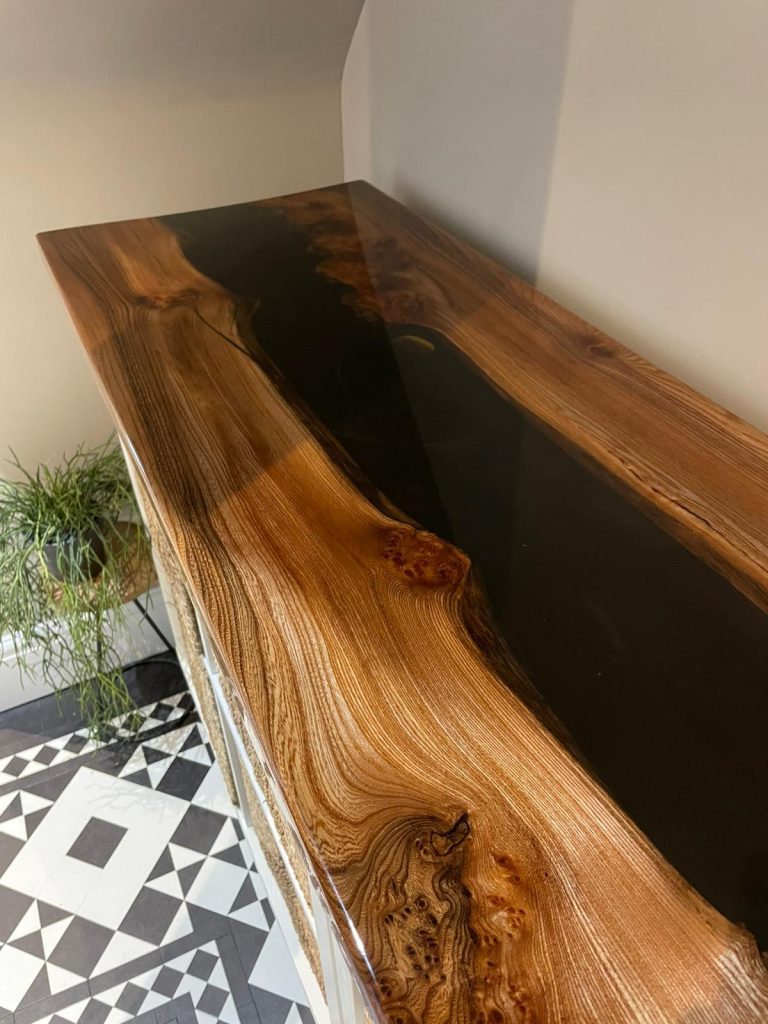
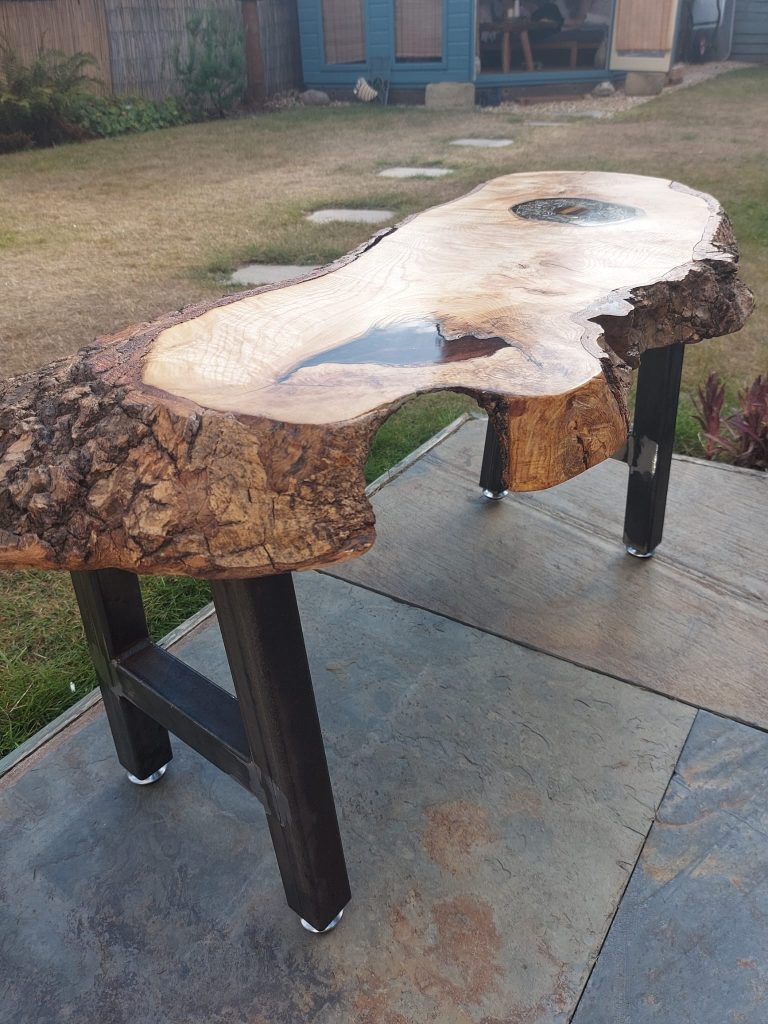
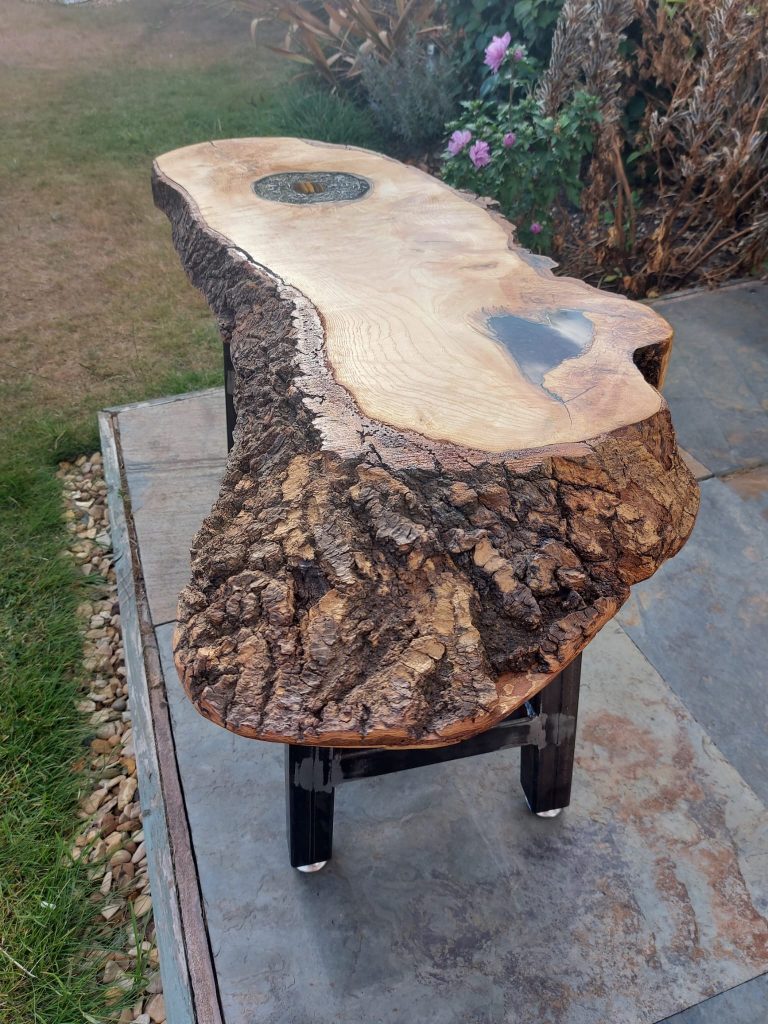
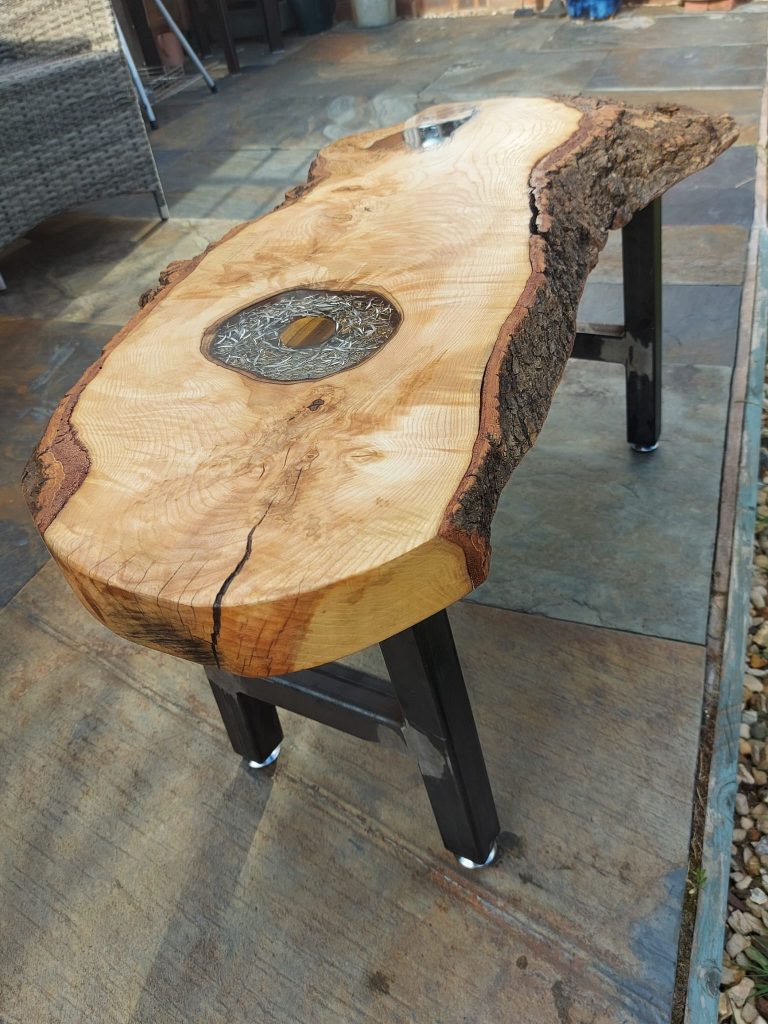
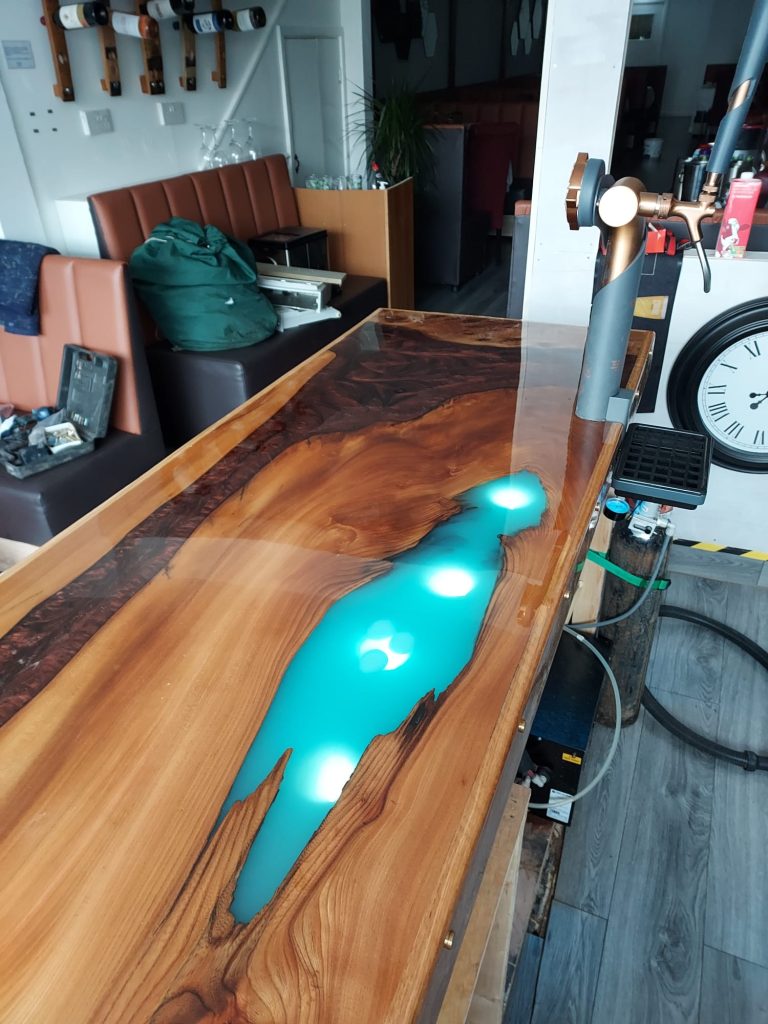
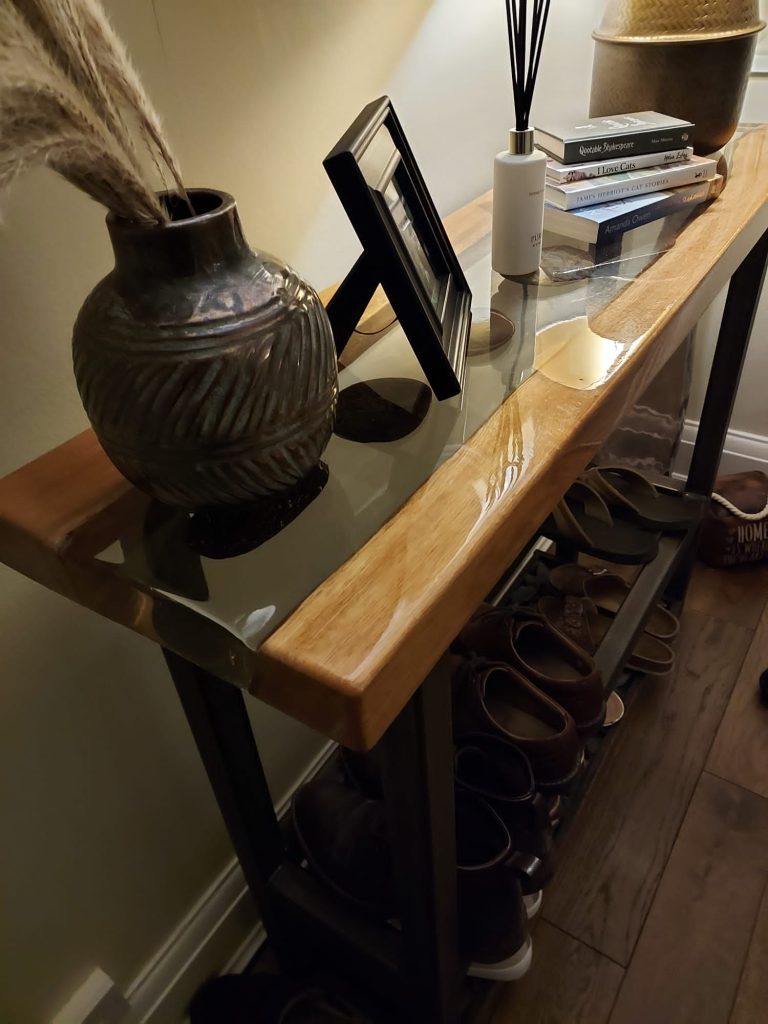
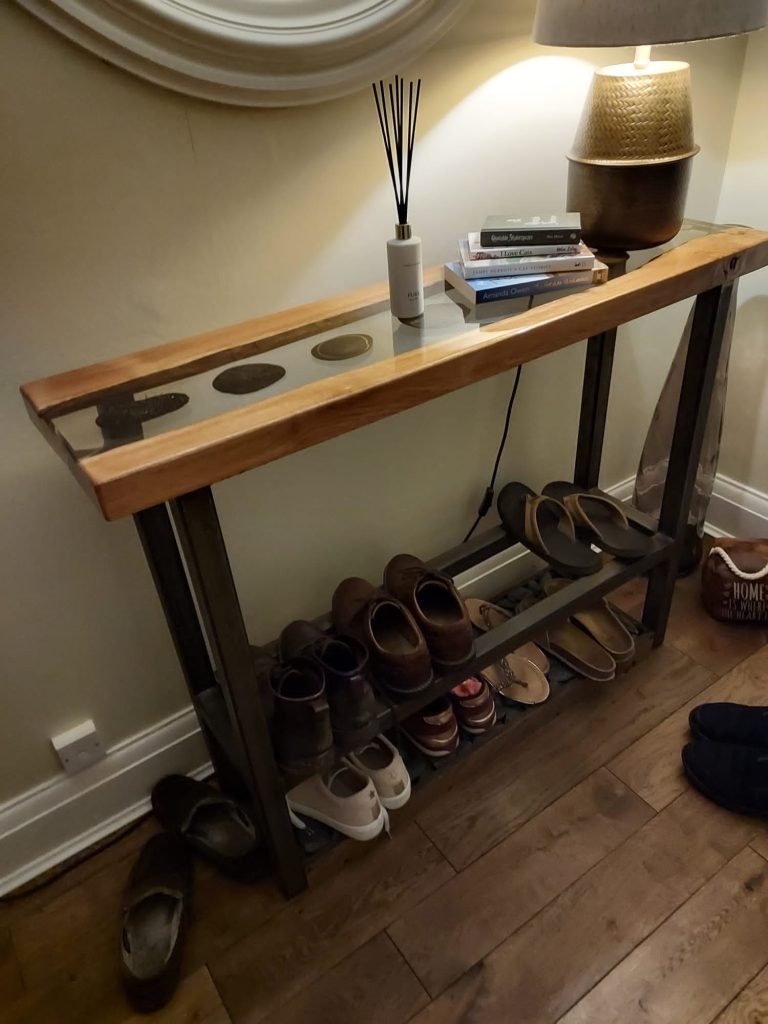
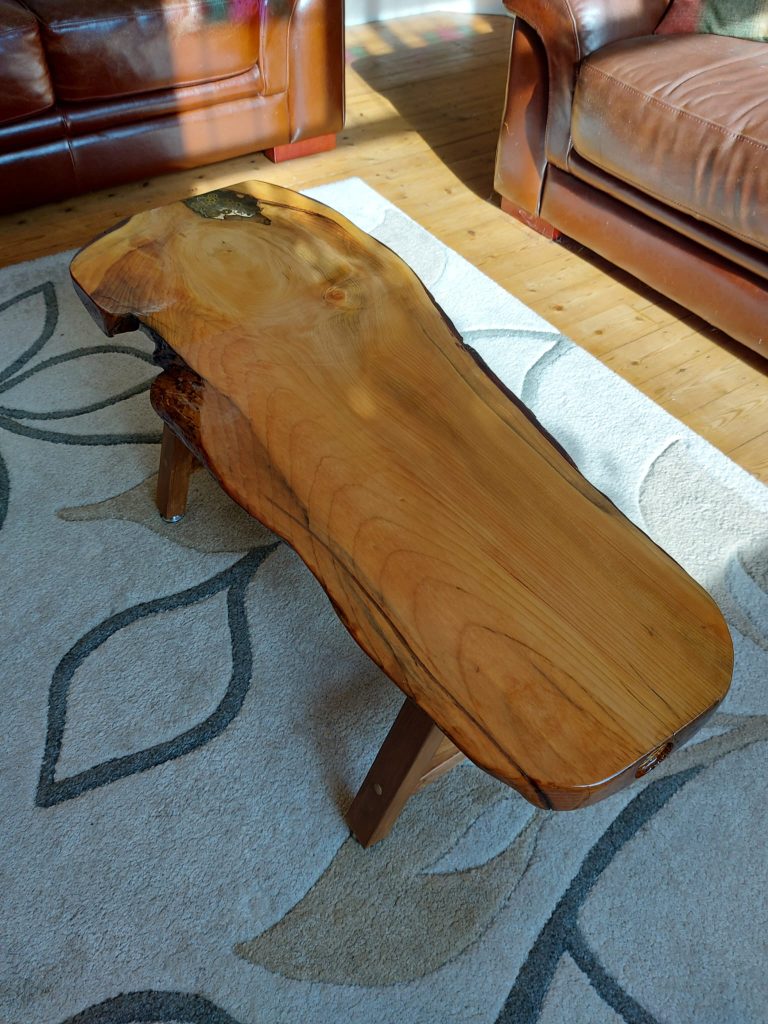
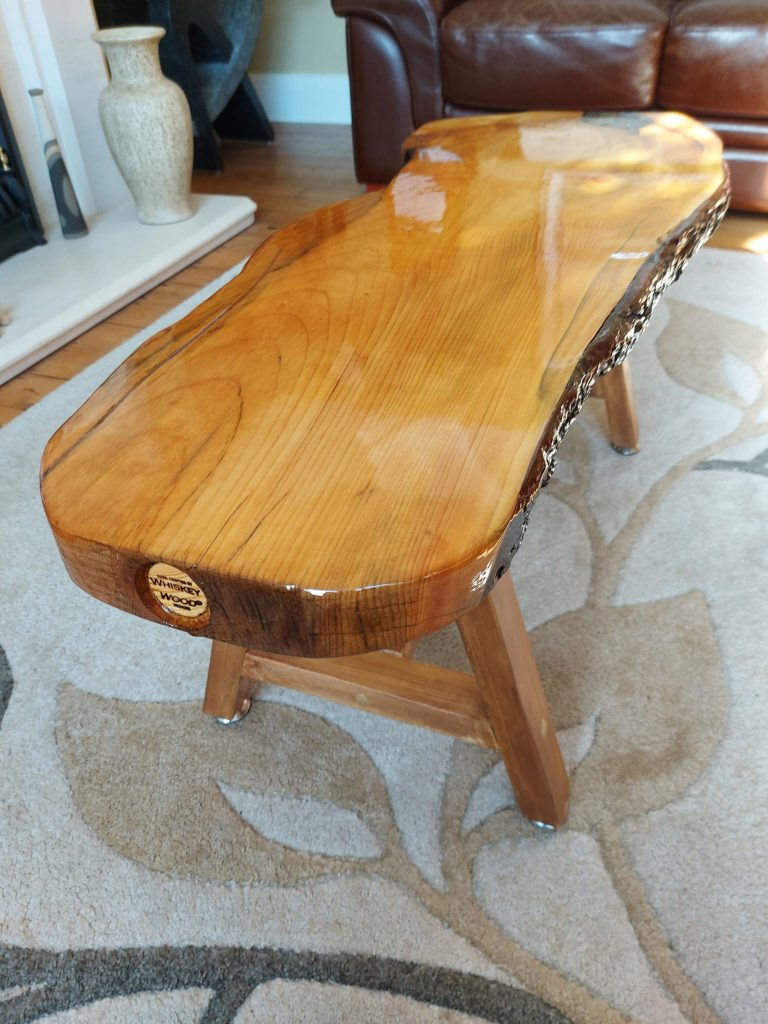
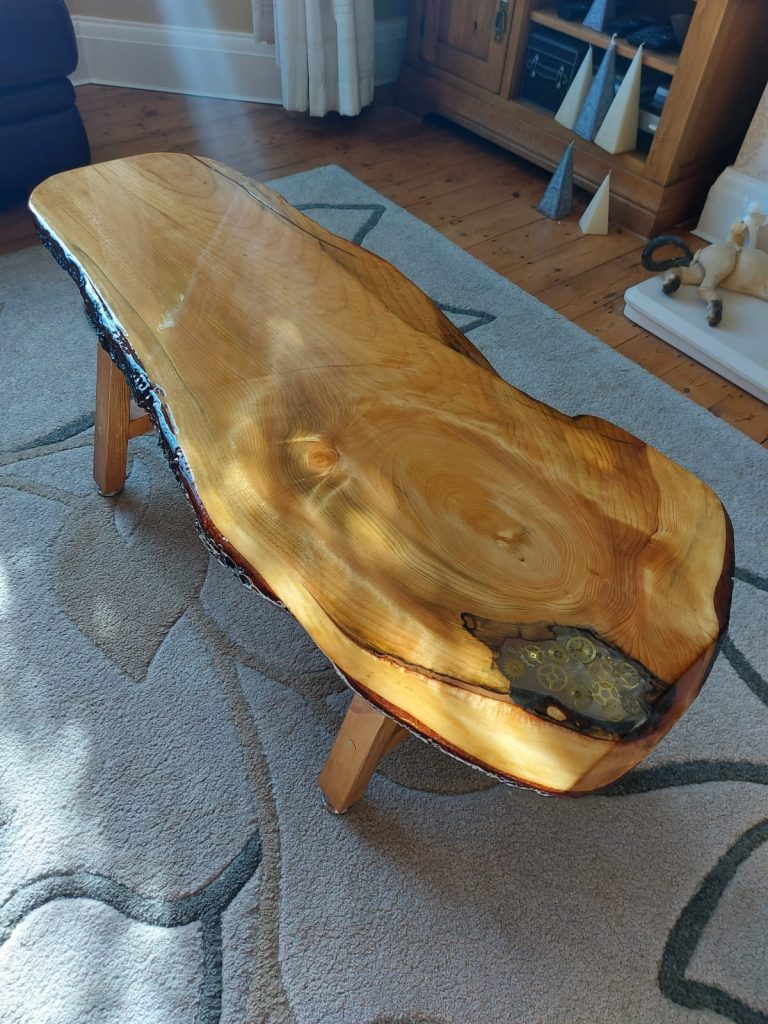
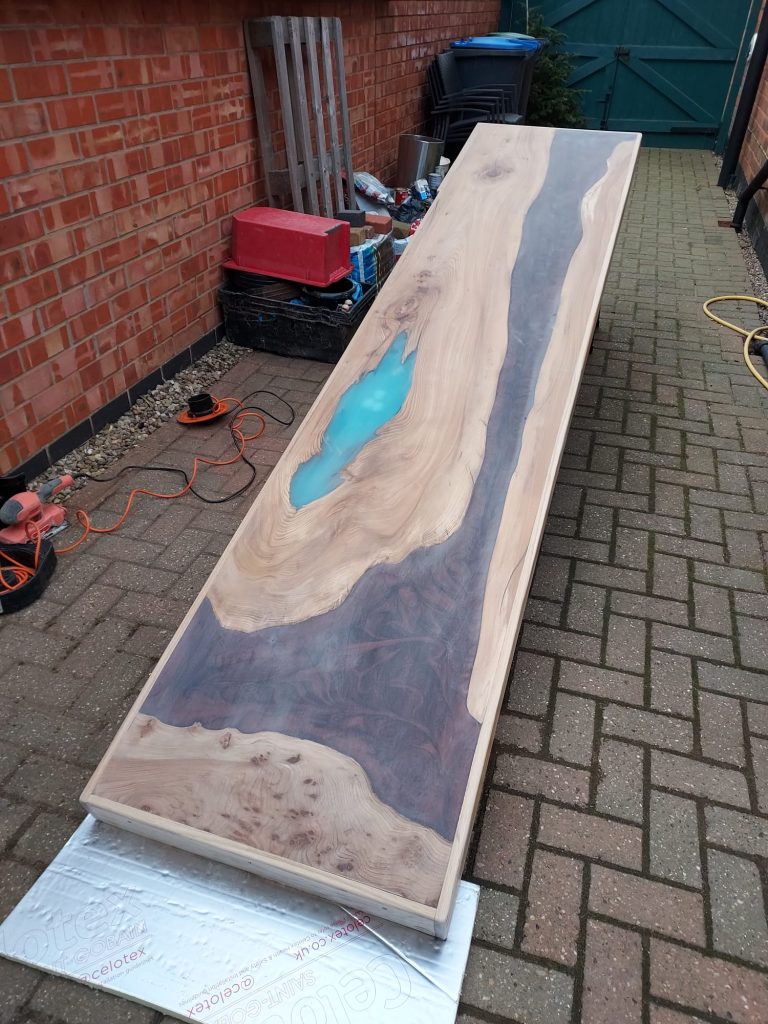
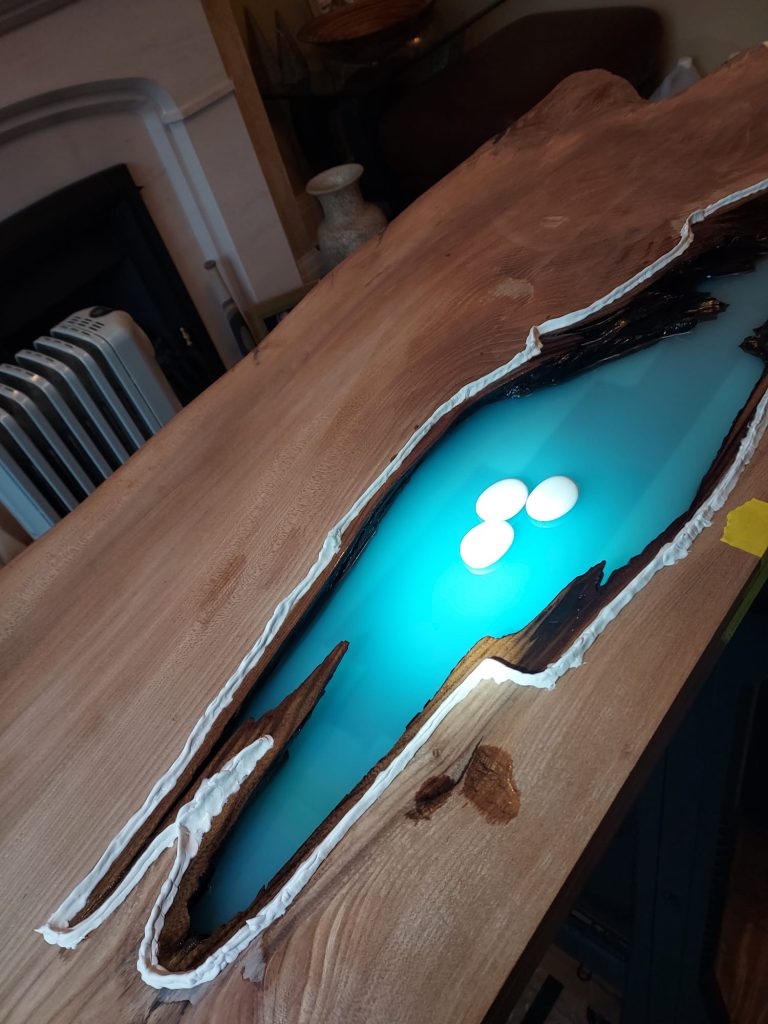
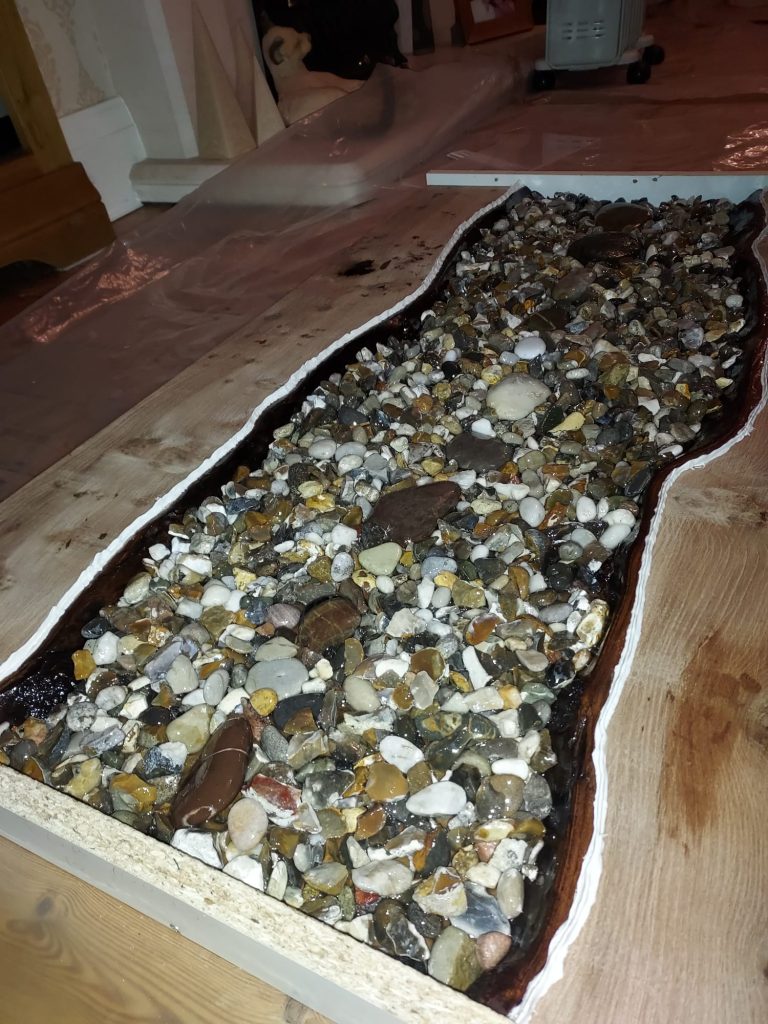
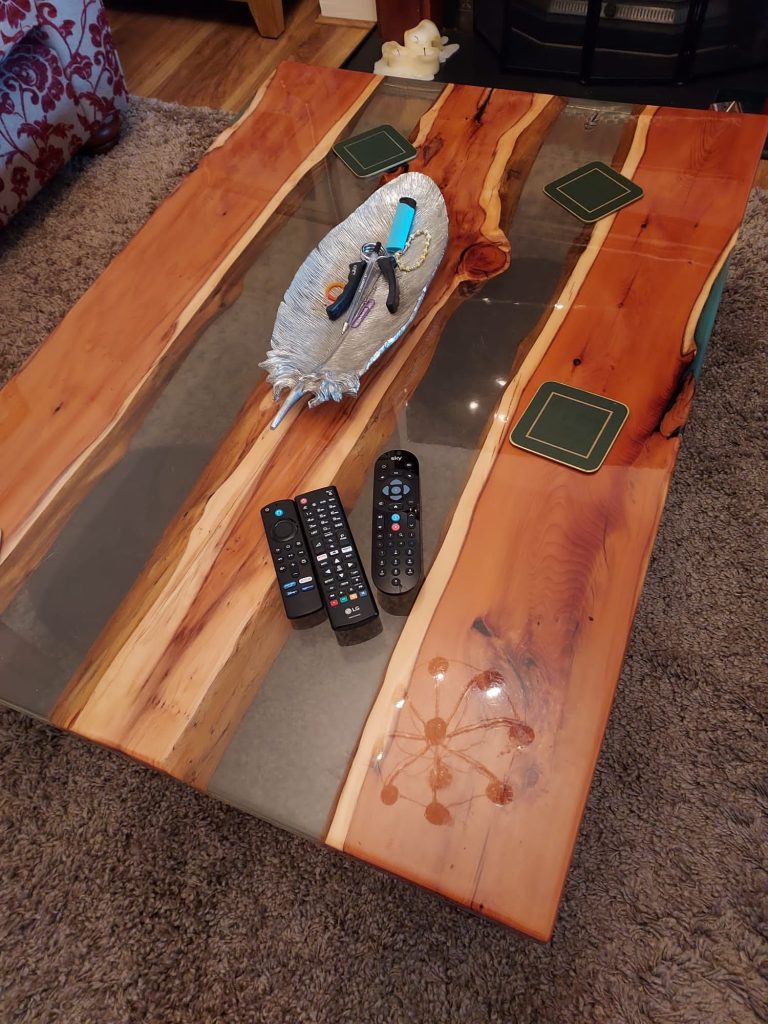
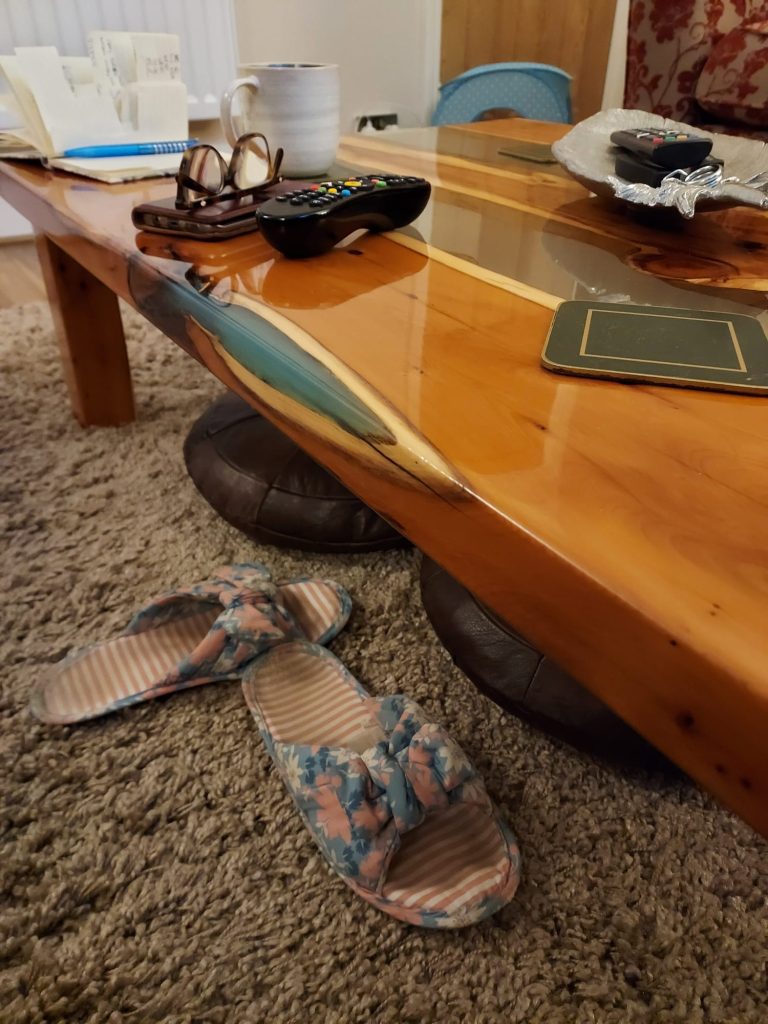
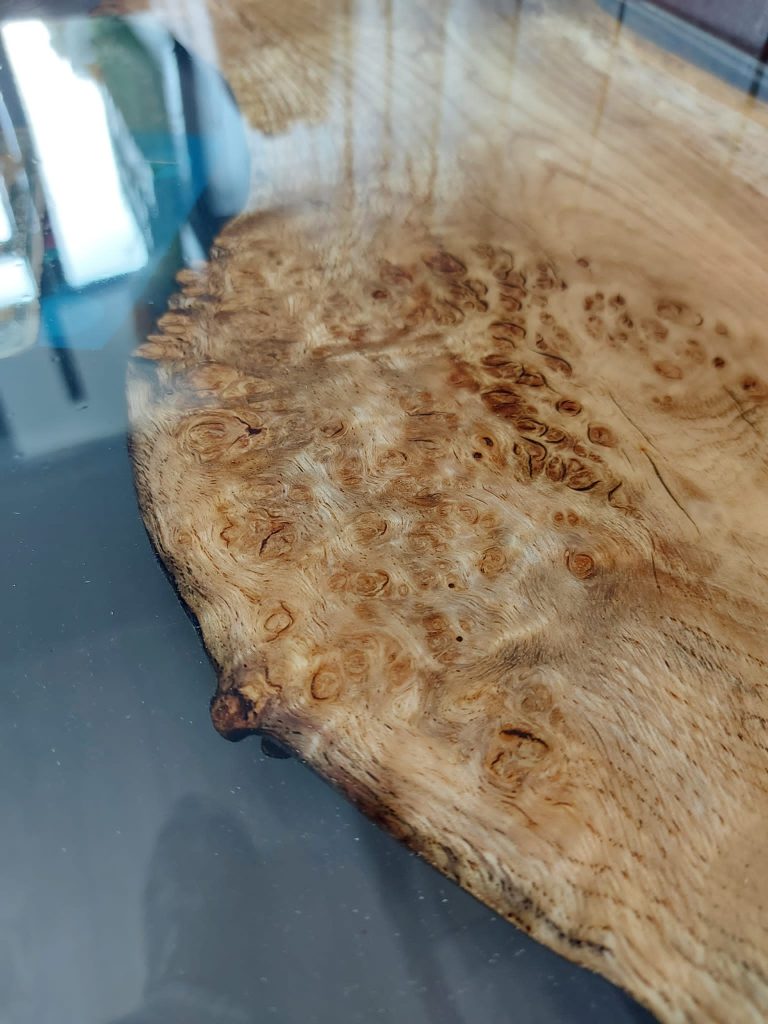
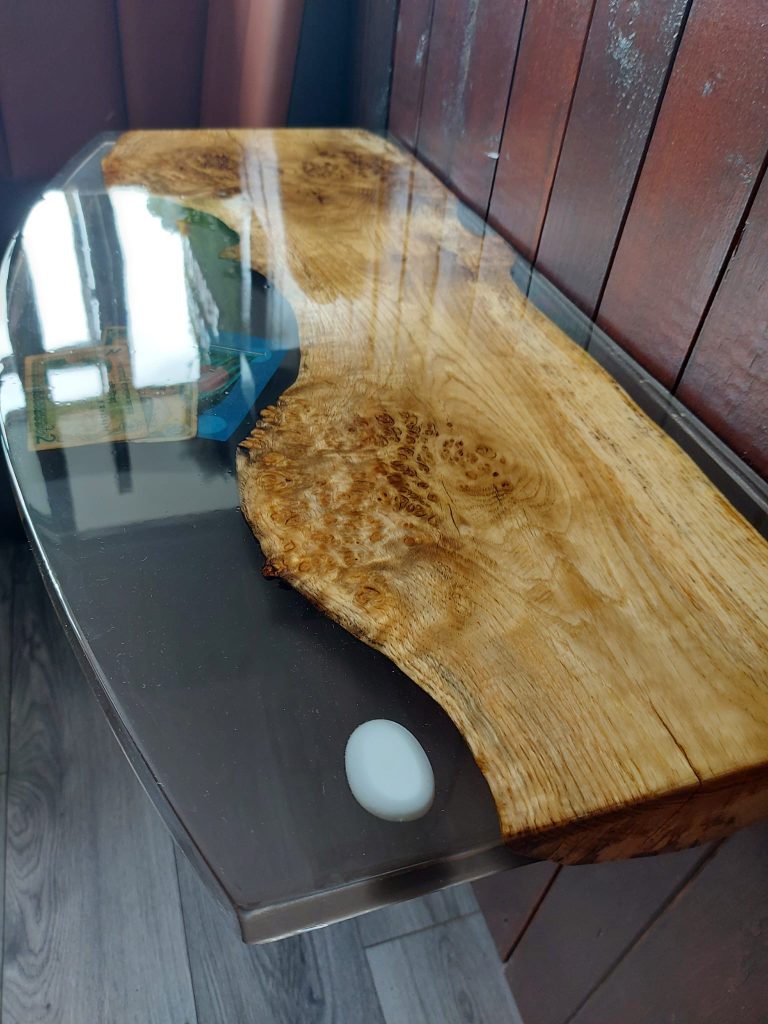
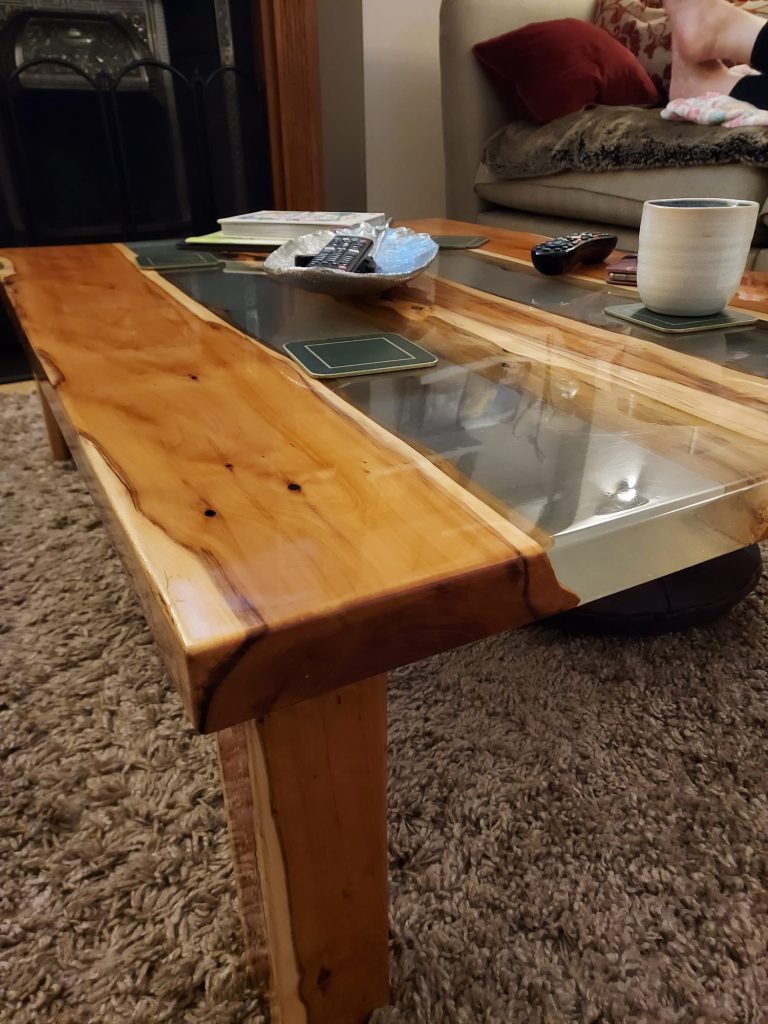
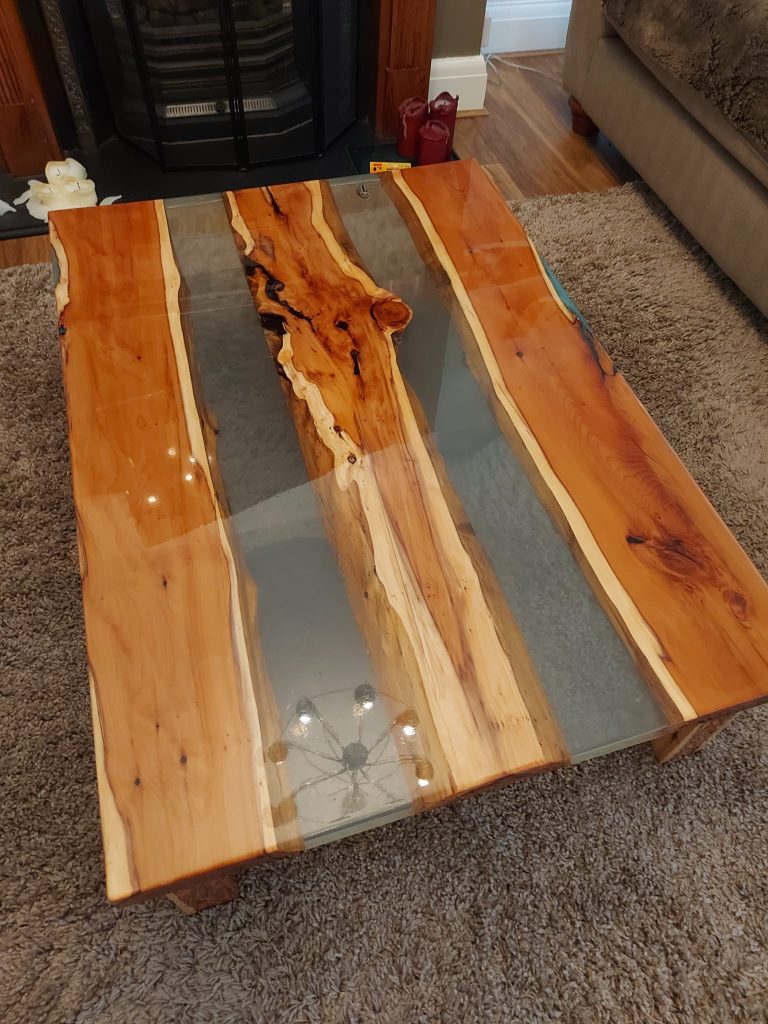
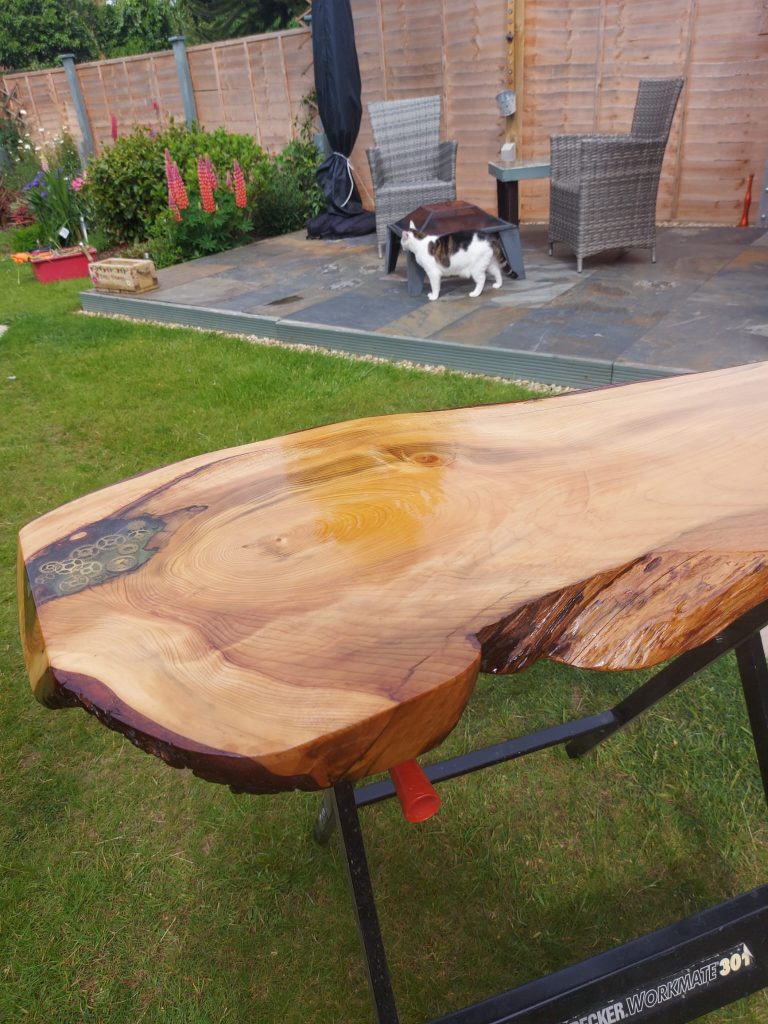
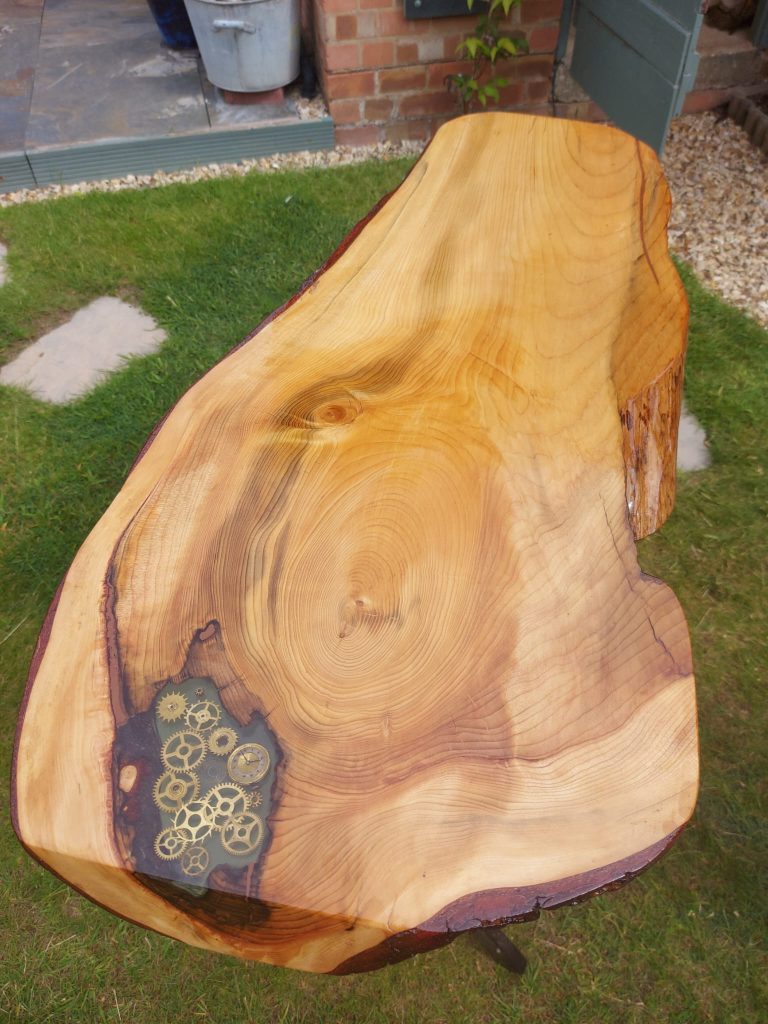
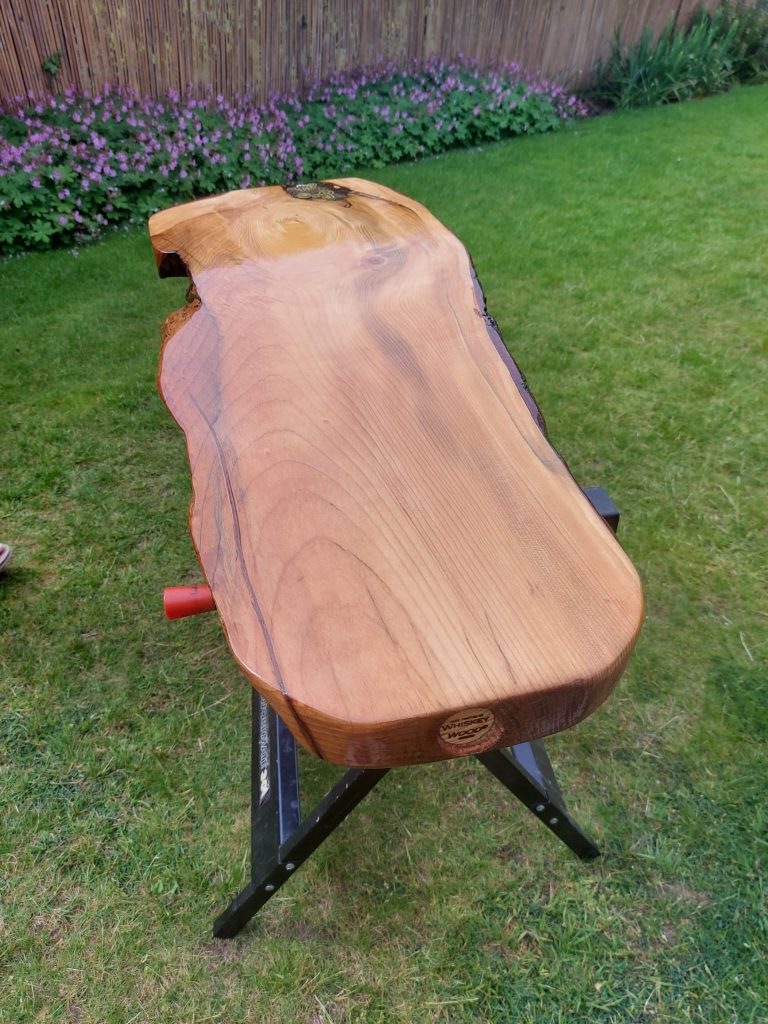
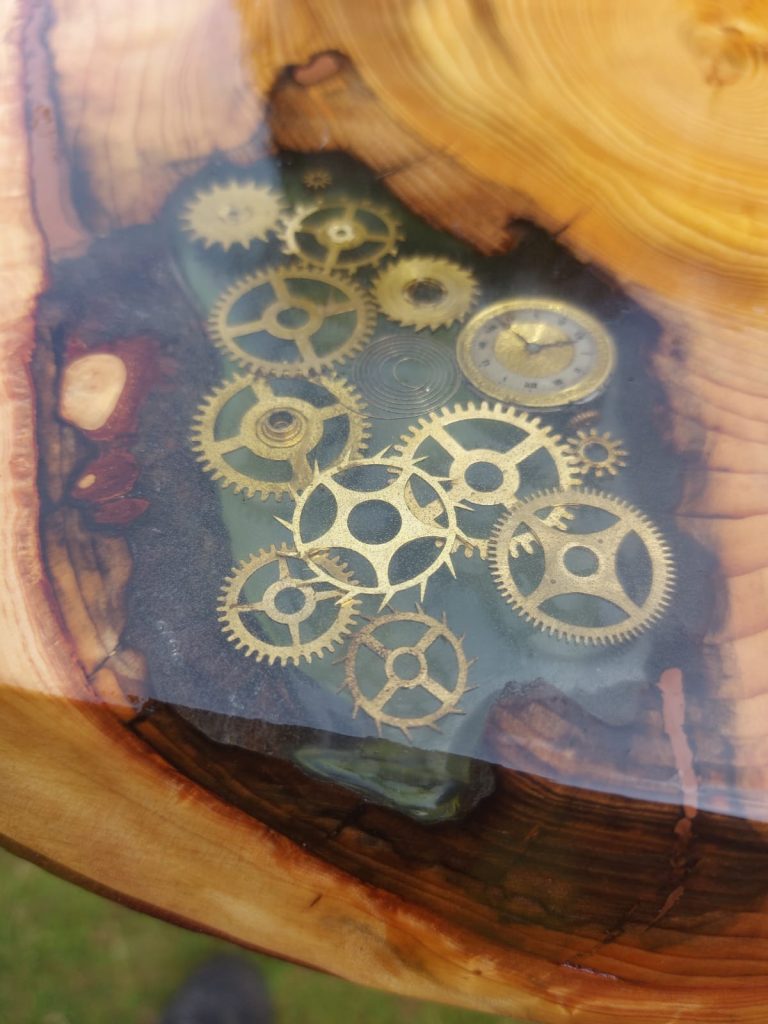
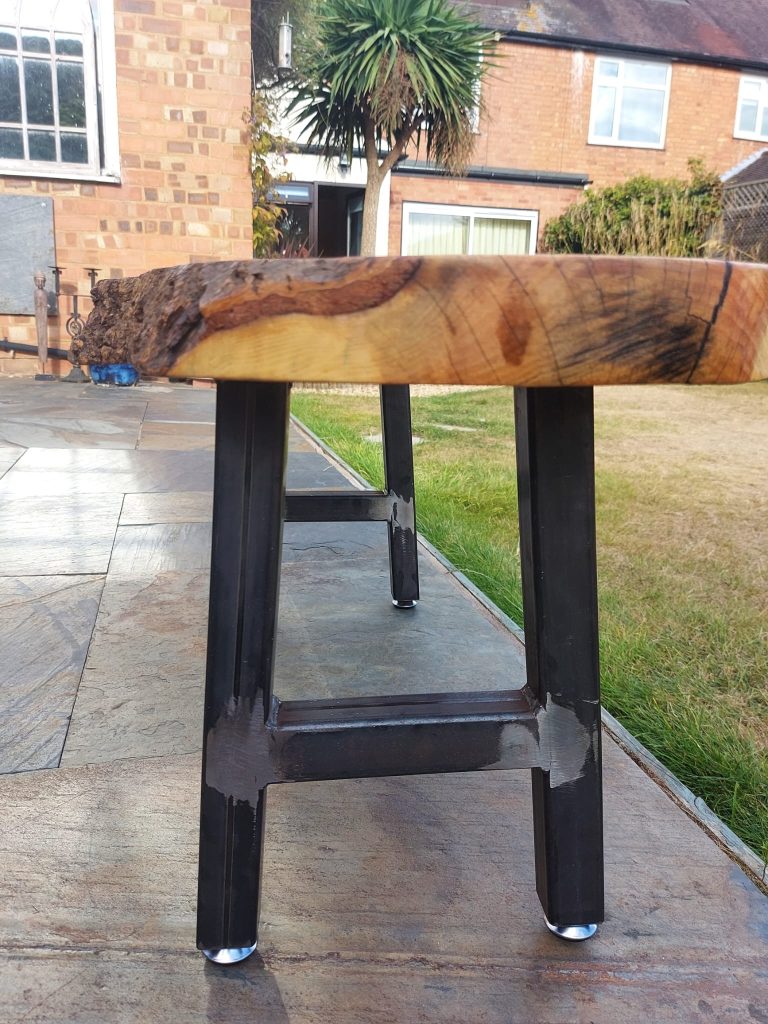
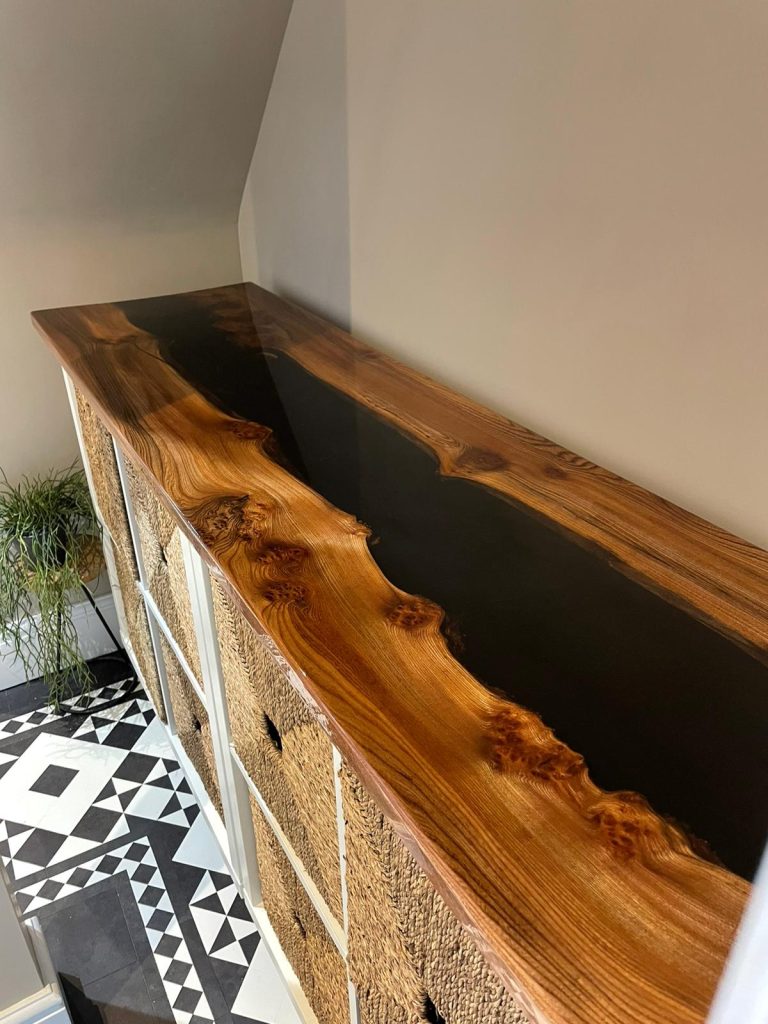
Item Four
sample text, words go here
Item Five
sample text, words go here
Item Six
sample text, words go here















FOOTER CALL TO ACTION
Footer Words
